Million pound drive to Save Surrey's Nature
Surrey Wildlife Trust has launched its most ambitious fundraising appeal ever; a drive to raise £1 million to reverse the loss of biodiversity in the county.
The Trust also aims to do more to meet the nationwide goal of restoring 30 per cent of UK land and sea for nature by 2030.
With one in six species at risk of extinction in the UK, the Save Surrey’s Nature campaign will focus on the Trust’s plans to work on its reserves and with partners across the county to restore and expand Surrey’s most diverse and threatened habitats – including nationally-significant heathland and chalk grassland as well as vital woodlands and wetlands – to help the wildlife that lives there.
Species in particular need of conservation action, which can also act as indicators of the wider health of the habitats they live in, include:
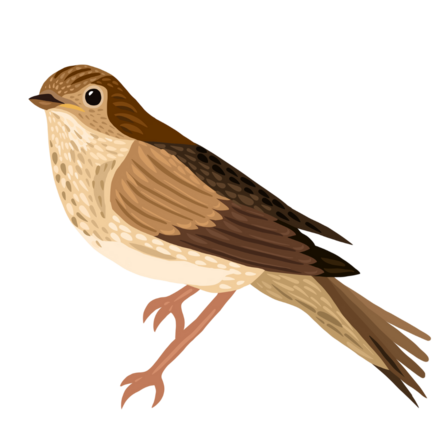
Bea Baranowska Illustration
Nightingale
Comprising more than 1,000 individual sounds, the incredible even- song of the male Nightingale was once heard throughout southern counties every summer, but the species has declined by some 90 per cent in 50 years. New research into its remaining presence in the county, and fresh attempts at attracting new breeding pairs to make their summer home here could help this iconic bird stage a comeback in Surrey.
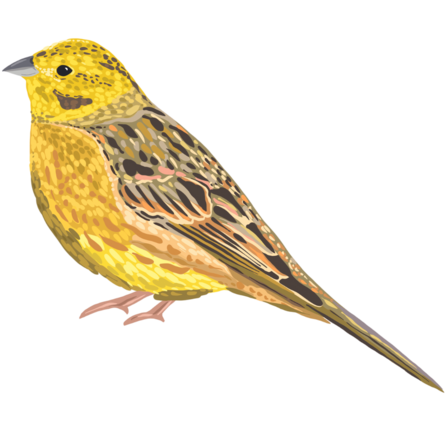
Bea Baranowska Illustration
Yellowhammer
A beautiful, bright-yellow bunting which used to be common on farmland but has declined drastically due to the disappearance of healthy hedgerow habitat and modern farming practices, which the Trust is working hard to reverse.
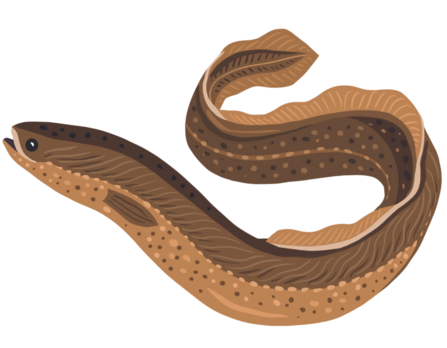
Bea Baranowska Illustrations
European Eel
A slippery, Sargasso Sea-spawning signifier of the health of our rivers. Formerly common and a staple of fisheries, Eels have declined by 95 per cent across Europe and will benefit from freshwater habitat restoration, the installation of channels and fish-passes to assist migration, as well as further action against pollution in Surrey.
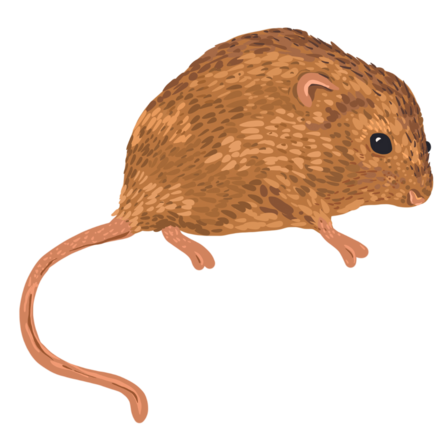
Bea Baranowska Illustration
Harvest Mouse
The UK’s smallest rodent, weighing as little as a two-pence piece, this tiny wonder inhabits reedbeds, fens, hedges and fields, all of which need more sensitive management to enable a myriad of further native species to thrive.
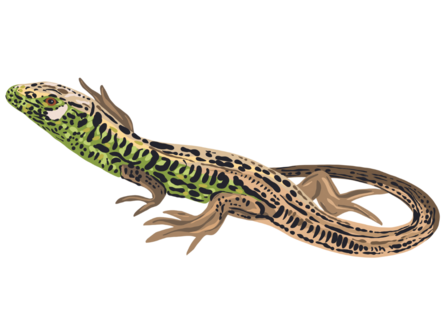
Bea Baranowska Illustration
Sand Lizard
A green reptilian jewel (Surrey’s own ‘Dragon’), existing as small populations at the edge of its inland range in Britain, these lizards thrive on the stunning sandy heathlands that are a vital part of Surrey’s mosaic of habitats, but need careful management in order to survive a warming climate with its increasing threat of wildfires.
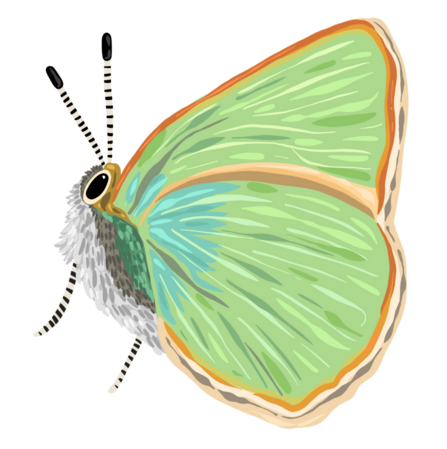
Bea Baranowska Illustration
Hairstreak butterflies
There are four species of hairstreak in Surrey. The Purple Hairstreak relies entirely on oak trees, the White-letter Hairstreak depends on healthy, mature elms, the Brown Hairstreak lives in Blackthorn scrub and hedges, and the Green Hairstreak (the UK’s only green butterfly) is heavily reliant on gorse and other legumes on heathland and chalk grassland. Although hard to assess because of their canopy-dwelling habits, all have declined markedly in number, illustrating the wider decline in invertebrates that must be reversed.
Surrey Wildlife Trust - the only body with a mission to restore biodiversity county-wide – aims to complement and support the work of specialist conservation, recorder and community groups, such as the National Trust, Natural England, Butterfly Conservation, Zoological Society of London, the Environment Agency, Surrey Botanical Society, Surrey Mammal Group, Surrey Amphibian and Reptile Group and the Amphibian & Reptile Conservation Trust, to ensure that recovery plans for these and other species make best use of all available local expertise. This will also contribute to the Trust’s target of helping one in four people to take action for nature.
Launching the campaign today with a direct appeal to people of all ages and walks of life in the county, Surrey Wildlife Trust’s Chief Executive, Sarah Jane Chimbwandira says:
“We’ve been hugely impressed by the support local people have shown to recent requests to help Hazel Dormice and extend conservation grazing in Surrey – and every penny we’ve received will be put to good use. But with the climate and biodiversity crisis biting harder than ever and putting people as well as wildlife at risk, now’s the time to think and act bigger. For all our sakes, nature’s decline must stop here.
“We have big plans to improve habitats on a landscape scale – and this will mean working closely with businesses, landowners and public bodies to make sure that wildlife doesn’t just thrive in protected pockets of habitat, but also in the places in which we live and work. This will increase the beauty and diversity of our green spaces, reduce the harmful effects of global heating and pollution, and give people of all ages and backgrounds a much better quality of life.
“With costs rising, wildlife and the people who work to protect it are more dependent than ever on the generosity of local people. Even if you can only give a small amount, please consider making this investment in our future.”
The fundraising effort will initially focus on our need to work harder across all habitats, in an urgent effort to help meet the 30 by 30 goal – a target that cannot be reached at current rates of progress. It will then narrow-in on specific priority areas, including strategies to join up Surrey’s heathland habitats and to improve the extent and quality of the county’s wetland habitats, which are under threat from pollution, excessive water abstraction and a lack of wildlife-friendly areas.
Wildlife is sending an SOS – will you answer the call?
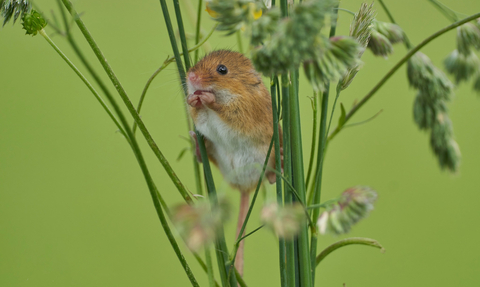
David J Smith Photography
